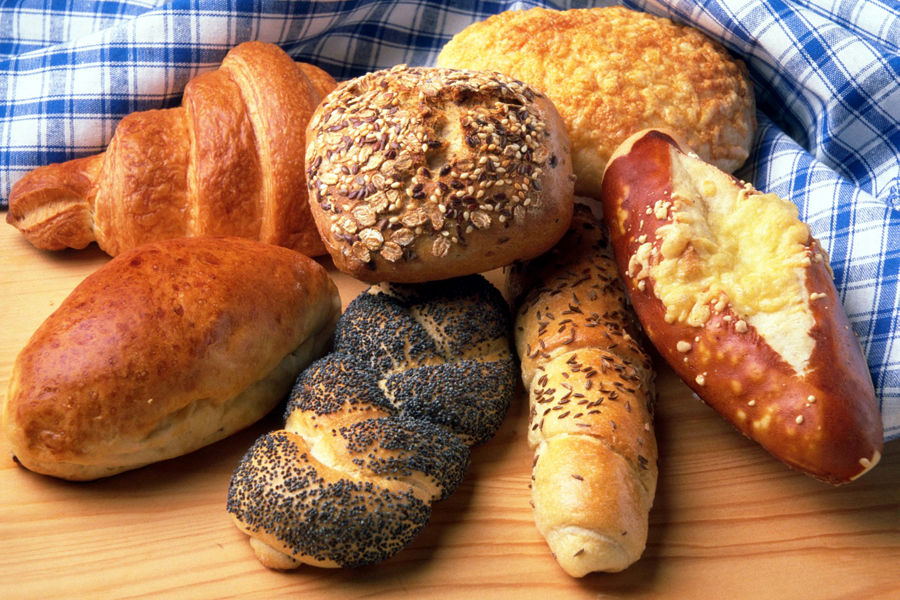Weight: Is It a Matter of Willpower?
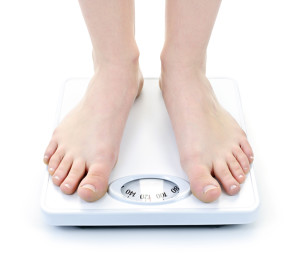 Is weight simply a matter of willpower? You might think so, given the number of dieters who add on exercise, subtract food, and expect excess fat to melt away. But it does not always happen that way. Older athletes notice the fat that creeps on year after year seems harder to lose. And others who have slimmed down complain how easily they regain lost body fat.
Is weight simply a matter of willpower? You might think so, given the number of dieters who add on exercise, subtract food, and expect excess fat to melt away. But it does not always happen that way. Older athletes notice the fat that creeps on year after year seems harder to lose. And others who have slimmed down complain how easily they regain lost body fat.
The Endocrine Society (www.EndocineSociety.org) took a close look at why we can too easily accumulate excess body fat, as well as why it’s so easy for dieters to regain lost fat. (1) They describe fat-gain as a disorder of the body’s energy balance system, not just a passive accumulation of excess calories. They highlight many factors other than food and exercise that influence body fatness, including genetics, the environment, and evolution.
If you are frustrated by your seeming inability to easily shed a few pounds, here are some facts to ponder.
- Studies with identical twins, as well as adopted children, suggest 25% to 50% of the risk for becoming obese is genetic. Identical twins who are raised in different homes tend to weigh the same, despite eating different foods.
- Some people might have a “thrifty gene” that conserves calories and resists fat loss. In terms of evolution, this would be important for surviving famines (a.k.a., diets).
- Genetic factors alone fail to explain the rapid increase in obesity during the past 40 years. Genetic factors get influenced by the environment. We need to learn more about the combined impact of genes plus: environmental toxins, highly processed foods, a sedentary lifestyle, antibiotics, the microbiome, maternal obesity, and fetal exposure to a mother’s obesity-promoting diet.
- Some “experts” say sugar/carbs are inherently fattening. They claim carbs trigger an insulin spike which drives sugar into fat cells, creates hypoglycemia (low blood sugar) and stimulates the urge to overeat. The Endocrine Society does not support this controversial hypothesis. They say eating too many calories of any type is the problem.
- Respected research shows no differences in fatness when subjects ate the same number of calories from carbohydrate, protein, or fat. A calorie is a calorie; 100 excess calories from fat and carbohydrate are no more fattening than 100 excess calories from protein. That said, some calories are yummier and less satiating than others; they are easier to overeat. For example, I could easily devour a lot more calories from ice cream than from boiled eggs!
- We need to learn more about the brain’s role in body fatness. What is the metabolic impact of carbs, protein and fat on the brain, and the psychological impact of enjoying rewarding foods? Does the brain-on-a-diet get signals about the amount of fat stored in adipose tissue and, in response, trigger the body to want to eat more and move less, in order to thwart fat loss and survive a perceived famine (diet)?
- Social situations can promote fat gain. At parties, the presence of a lot of people, as well as a wide variety of foods, triggers overeating. In contrast, a repetitive daily diet with the same breakfasts and lunches every day can triggersensory-specific satietyand curb food intake.
- Dieting/restricting calories to lose fat increases the desire to eat, as well as reduces the metabolism.In comparison, forcing weight gain by over-eating increases spontaneous activity (fidgeting) and curbs hunger. That’s why genetically skinny athletes have a hard time maintaining the weight they have forced their bodies to gain.
- The rise in childhood obesity might be linked to endocrine disrupting chemicals (EDCs) such as bisphenol A (BPA), perflourinated chemicals (PFCs) and pthalates. EDCs pass from mother to fetus across the placenta, and later, to the infant via breast milk. They alter the signals given by estrogen, testosterone and thyroid hormone. Some research suggests they stimulate fat deposition.
- BPA is used in hard plastic bottles, food-can linings, and food packaging. BPA is thought to promote the creation of new fat cells and change metabolism at the cellular level. To determine the obesogenic effects of BPA, we need more comprehensive research that looks at men, women, and younger and older people. Some studies indicate BPA may be linked to behavioral problems in boys. To be wise, limit your use of plastic containers with the number 7 in the recycling symbol on the container.
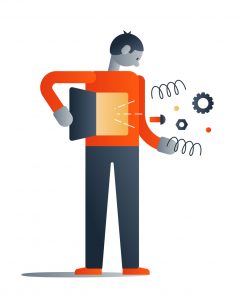 The types of bacteria that live in your gut, your microbiome, likely impact weight. Hence, the microbiome is becoming a target for obesity research. Your best bet is to cultivate a healthy microbiome by regularly eating fruits and vegetables—and limiting processed foods with little fiber.
The types of bacteria that live in your gut, your microbiome, likely impact weight. Hence, the microbiome is becoming a target for obesity research. Your best bet is to cultivate a healthy microbiome by regularly eating fruits and vegetables—and limiting processed foods with little fiber.
- Exercise plays a role in weight management—but less than you might think. Exercise alone is largely ineffective as a means to lose weight, even though it contributes to a calorie deficit. For some people, exercise triggers the urge to eat more. Hence, you want to be sure your reason to exercise is to enhance health, not burn calories to lose weight. Once you’ve lost weight, exercise does help maintain the loss.
After reading this information, you may be left wondering if you will ever be able to reach your desired weight. Perhaps yes, if you can take these positive steps:
- Enjoy a satisfying breakfast, early lunch, and a later lunch (or hearty snack), to negate hunger and a perceived daytime famine. Consume a lighter dinner, to enhance fat-loss at night, when you are sleeping.
- Focus meals and snacks on satiating whole foods with protein, fiber: apple + cheese, Greek yogurt + granola, peanut butter + crackers.
Above all, be grateful for your healthy body. Give it the fuel it needs, and trust it will perform best when it is appropriately trained and well fueled on a daily basis. The best athlete is not the leanest athlete, but rather the genetically gifted athlete. If you trying to force your body into a too-lean physique, think again. Weight is more than a matter of will power.
Sports nutritionist Nancy Clark MS RD CSSD has a private practice in the Boston-area (Newton; 617-795-1875), where she helps both fitness exercisers and competitive athletes create winning food plans. Her best-selling Sports Nutrition Guidebook, and food guides for marathoners, cyclists and soccer are available at nancyclarkrd.com. For workshops, see www.NutritionSportsExerciseCEUs.com.
Reference
Schwartz M et al. Obesity Pathogenesis: An Endocrine Society Scientific Statement. Endocrine Reviews 38 (4):267-296, 2017. https://academic.oup.com/edrv/article/38/4/267/3892397


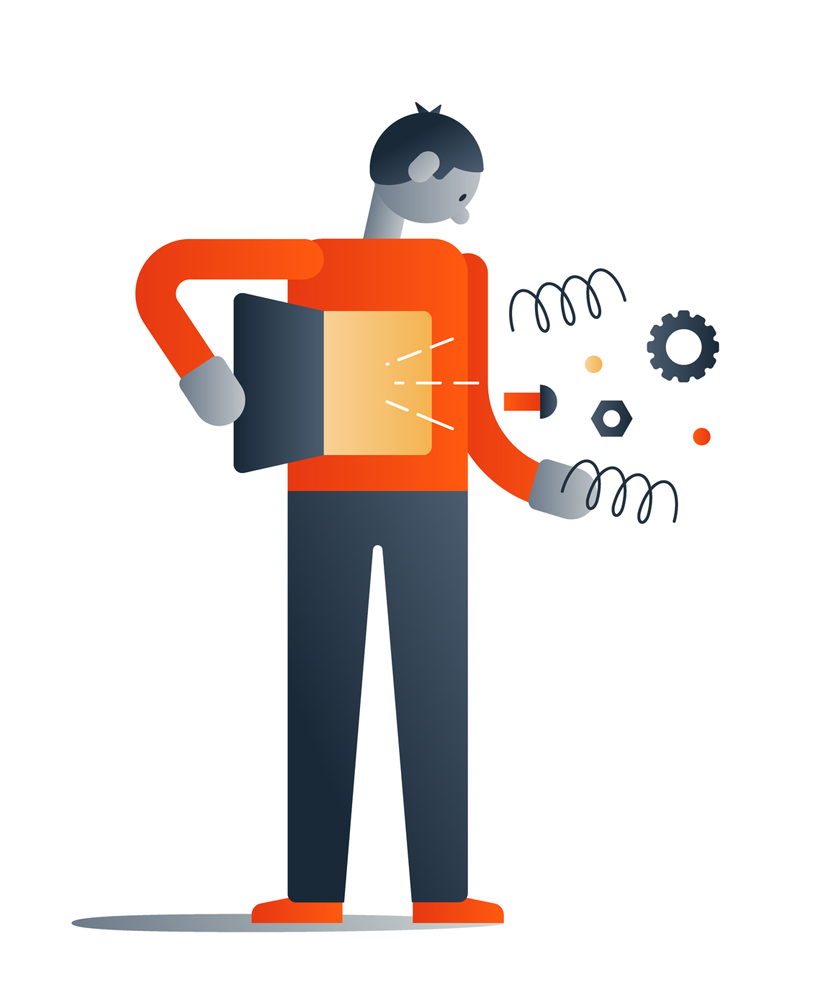
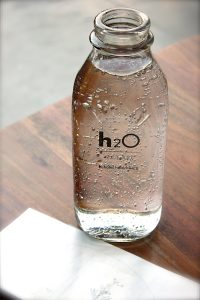 You want to dilute highly concentrated carbs (i.e., gels), so be sure to drink enough water during exercise (i.e. 16 oz. water per 100 calories gel).This will help speed up gastric emptying.
You want to dilute highly concentrated carbs (i.e., gels), so be sure to drink enough water during exercise (i.e. 16 oz. water per 100 calories gel).This will help speed up gastric emptying.
 If intestinal distress sidetracks you during exercise, try reducing your intake of apples, onion, garlic and broccoli —particularly for 2 to 3 days before a competitive event.These are just a few commonly eaten foods that are high in fermentable (gas-producing) carbohydrates; they might contribute to undesired pit stops. You could also meet with a sports dietitian to help you systematically discover triggering foods. The referral network at
If intestinal distress sidetracks you during exercise, try reducing your intake of apples, onion, garlic and broccoli —particularly for 2 to 3 days before a competitive event.These are just a few commonly eaten foods that are high in fermentable (gas-producing) carbohydrates; they might contribute to undesired pit stops. You could also meet with a sports dietitian to help you systematically discover triggering foods. The referral network at 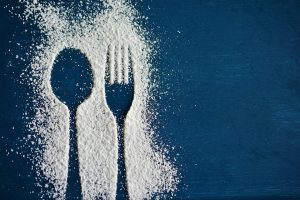 Sugar-sweetened beverages are the biggest source of dietary sugar in the US diet. Hence, research on sugar and health has focused on soft drinks. The question remains unanswered: Is sugar added to nourishing foods a health hazard? That is, is sugar added to spaghetti sauce (to make it less acidic) bad for you? What about the sugar added to bread (to help make the dough rise) — Is that a cause for concern?
Sugar-sweetened beverages are the biggest source of dietary sugar in the US diet. Hence, research on sugar and health has focused on soft drinks. The question remains unanswered: Is sugar added to nourishing foods a health hazard? That is, is sugar added to spaghetti sauce (to make it less acidic) bad for you? What about the sugar added to bread (to help make the dough rise) — Is that a cause for concern?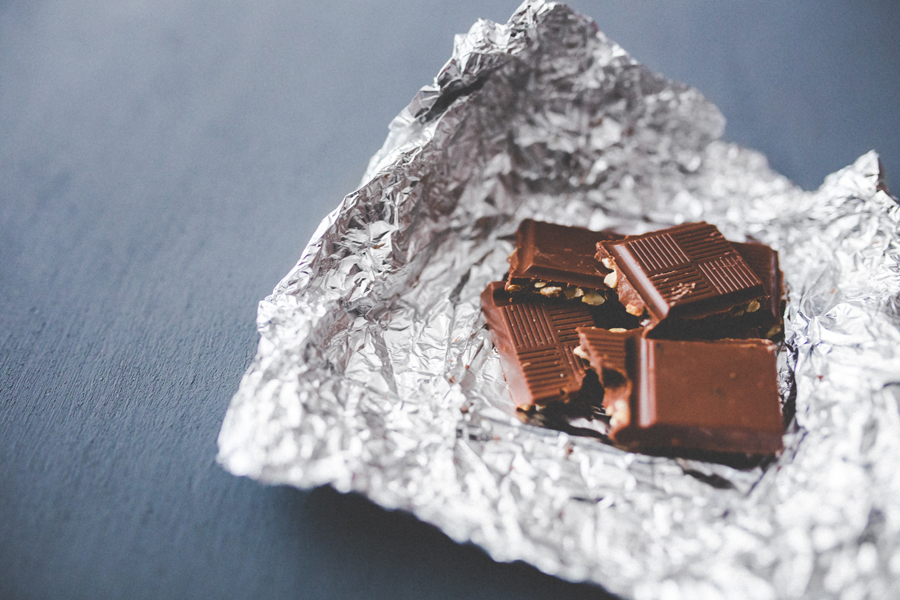
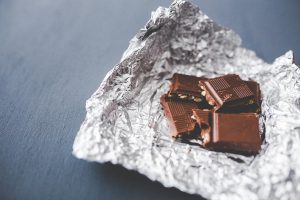 The Good News
The Good News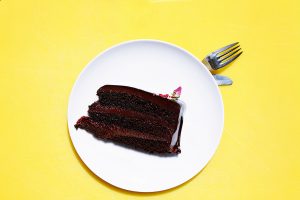 If you would really enjoy eating chocolate as a regular part of your sports diet/weight management program, I suggest you eat chocolate at breakfast. Yes, chocolate cake for breakfast enhances weight loss —at least, according to Daniela Jacubowicz PhD(2). In her research with 193 subjects with obesity (but no diabetes), half ate a 300-calorie protein-based breakfast. The others ate a 600-calorie breakfast that included protein plus dessert, such as chocolate cake.
If you would really enjoy eating chocolate as a regular part of your sports diet/weight management program, I suggest you eat chocolate at breakfast. Yes, chocolate cake for breakfast enhances weight loss —at least, according to Daniela Jacubowicz PhD(2). In her research with 193 subjects with obesity (but no diabetes), half ate a 300-calorie protein-based breakfast. The others ate a 600-calorie breakfast that included protein plus dessert, such as chocolate cake.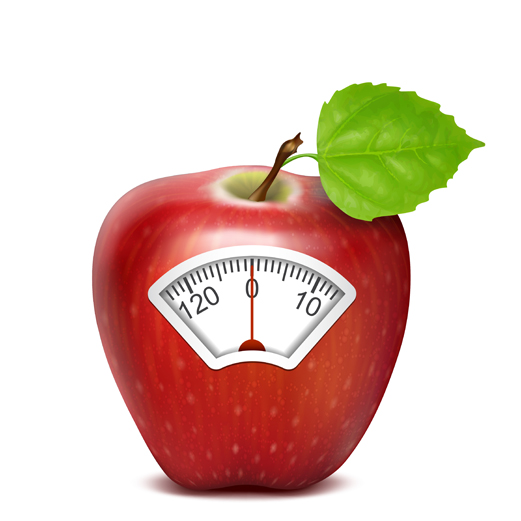
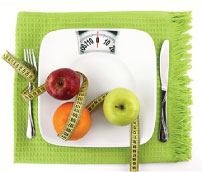 Is it a diet or a famine?
Is it a diet or a famine?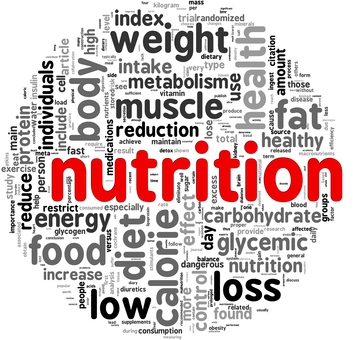
 Food is fuel and food is medicine. Food brings people together and is supposed to be one of life’s pleasures. Shared meals are a vehicle for building relationships, enjoying conversations, and nourishing the soul.
Food is fuel and food is medicine. Food brings people together and is supposed to be one of life’s pleasures. Shared meals are a vehicle for building relationships, enjoying conversations, and nourishing the soul.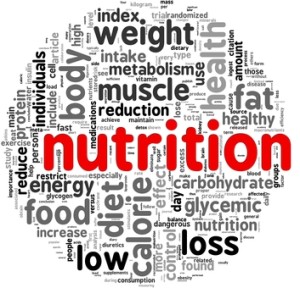 Healthy diet vs. A single ingredient
Healthy diet vs. A single ingredient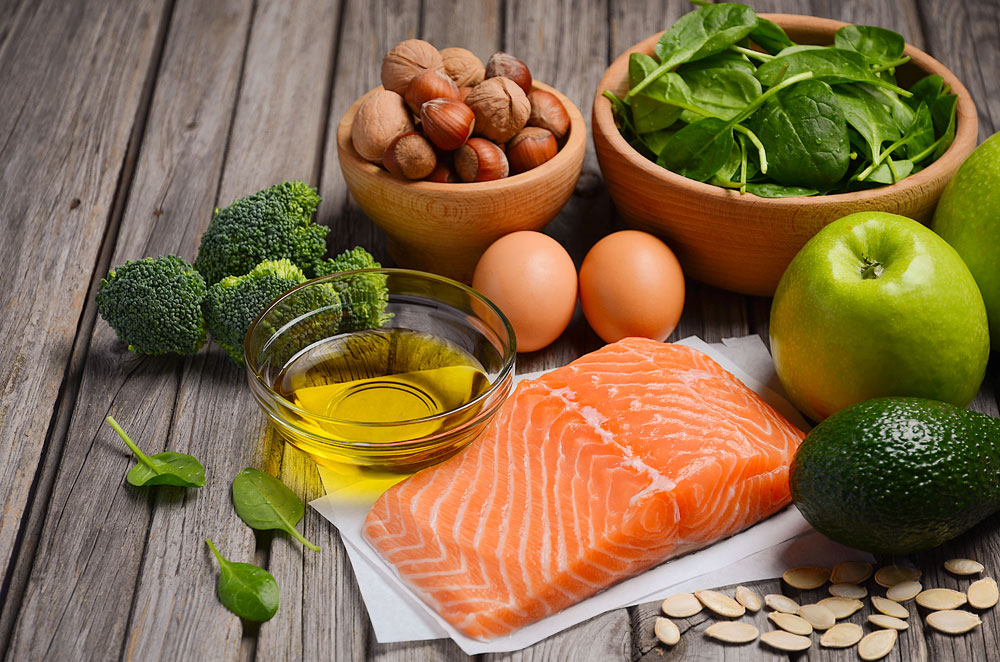
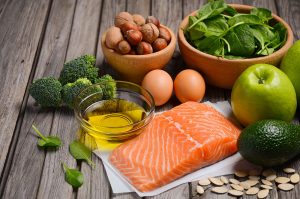 health-eroding refined foods with added sugar, fat and alcohol. This type of eating pattern promotes inflammation. By improving their food choices (more colorful fruits, vegetables, whole grains, healthy fats), they could reduce systemic inflammation, which could enhance recovery from training, boost immune response, and help them maintain better health. As you know, an injured or sick soldier or athlete is not an asset to any team.
health-eroding refined foods with added sugar, fat and alcohol. This type of eating pattern promotes inflammation. By improving their food choices (more colorful fruits, vegetables, whole grains, healthy fats), they could reduce systemic inflammation, which could enhance recovery from training, boost immune response, and help them maintain better health. As you know, an injured or sick soldier or athlete is not an asset to any team. • Now that women can perform combat duty, a question arises: How well can the women perform physically compared to the men? To find the answer, 302 marines underwent comprehensive testing including strength, flexibility, balance, power, agility, and physical fitness tests (pull ups, push ups, sit ups, bench press, 2-mile run, etc). They then were stratified into three groups according to the test results, regardless of sex or body fat: best (all men), middle (mostly men), worst (mostly female).
• Now that women can perform combat duty, a question arises: How well can the women perform physically compared to the men? To find the answer, 302 marines underwent comprehensive testing including strength, flexibility, balance, power, agility, and physical fitness tests (pull ups, push ups, sit ups, bench press, 2-mile run, etc). They then were stratified into three groups according to the test results, regardless of sex or body fat: best (all men), middle (mostly men), worst (mostly female).